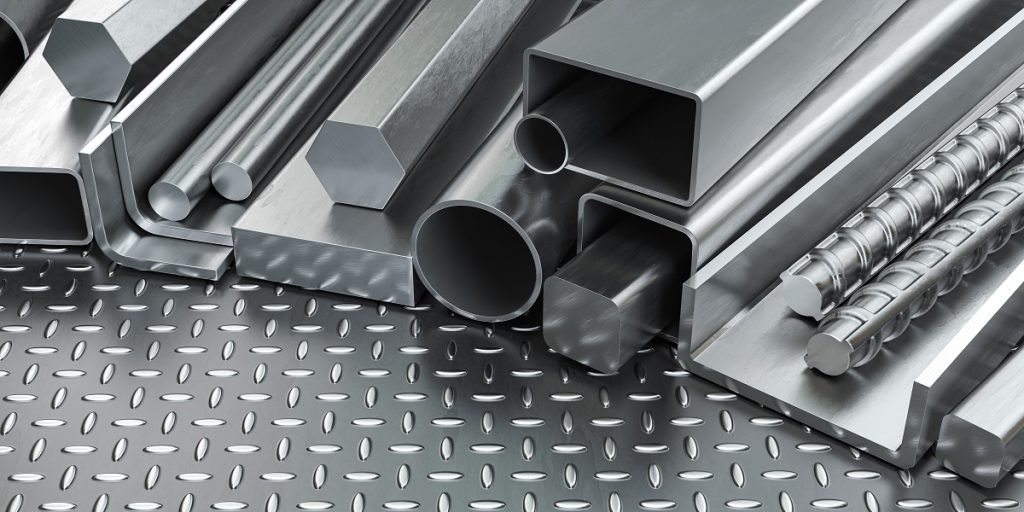Structural steel fabrication plays a crucial role in the construction industry, providing the backbone for buildings, bridges, and other infrastructure projects. To ensure efficiency and precision in this process, innovative solutions have emerged to streamline and enhance structural steel fabrication. One key advancement is the integration of digital technologies, such as Building Information Modeling BIM and 3D scanning. BIM allows for the creation of detailed digital models that include every aspect of a structure, enabling seamless collaboration among architects, engineers, and fabricators. 3D scanning, on the other hand, facilitates the accurate measurement and mapping of existing structures, allowing for precise fabrication of steel components that fit seamlessly into complex environments. Automation has also revolutionized structural steel fabrication by significantly reducing production time and minimizing errors. Robotic welding systems, for instance, ensure consistent and high-quality welds, improving the overall structural integrity of fabricated components. Additionally, computer numerical control CNC machining has become integral in shaping and cutting steel pieces with unparalleled precision. This not only accelerates the fabrication process but also minimizes material waste, contributing to sustainability goals within the construction industry.

Advancements in materials have further propelled innovation in structural steel fabrication. The introduction of high-strength, low-alloy HSLA steels and advanced coatings has enhanced the durability and corrosion resistance of fabricated structures. This not only extends the lifespan of buildings and infrastructure but also reduces maintenance costs over time. Furthermore, the development of innovative connection technologies, such as modular and bolted connections, allows for faster assembly on-site, reducing construction timelines and minimizing disruption to surrounding areas. To address environmental concerns, sustainable practices are being integrated into structural steel fabrication processes. The industry is adopting eco-friendly coatings and paints, and exploring recycled steel and alternative materials. This eco-conscious approach aligns with global efforts to reduce the environmental impact of construction projects and promotes the adoption of greener building practices.
Collaboration platforms and cloud-based project management systems are also transforming how teams coordinate and communicate during structural steel fabrication. Real-time information sharing and updates ensure that all stakeholders are on the same page, leading to faster decision-making and problem-solving. This Steel construction company collaborative approach enhances efficiency and reduces the likelihood of errors, ultimately improving the overall quality of the fabricated structures. The seamless structural steel fabrication of today is driven by a convergence of digital technologies, automation, advanced materials, sustainable practices, and enhanced collaboration. These innovative solutions not only optimize the fabrication process but also contribute to the creation of safer, more durable, and environmentally friendly structures. As the construction industry continues to evolve, embracing and integrating these advancements will be essential for staying competitive and meeting the growing demands of modern infrastructure projects.